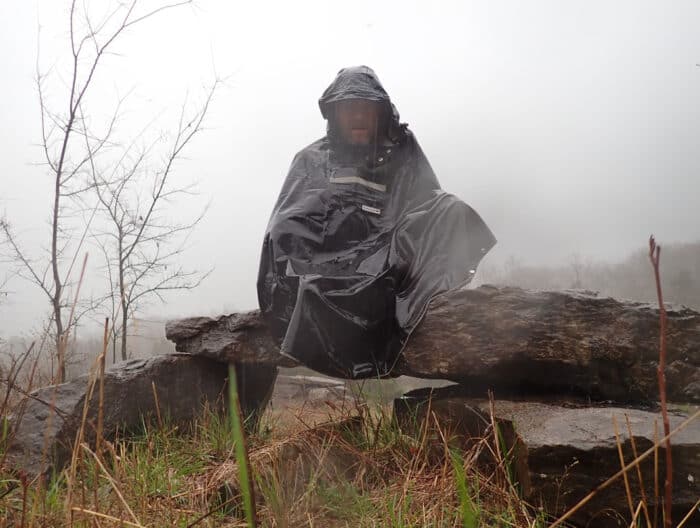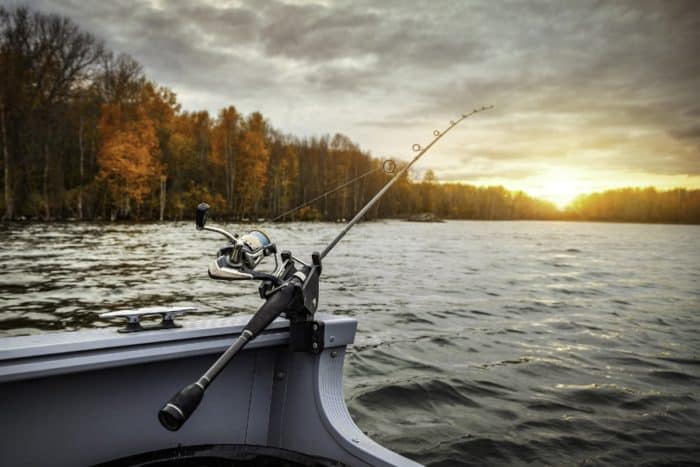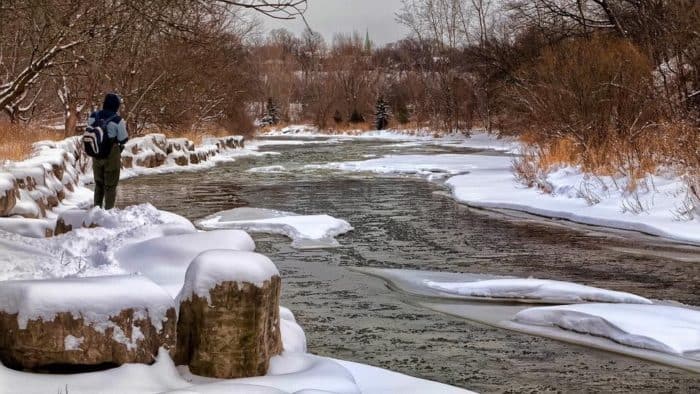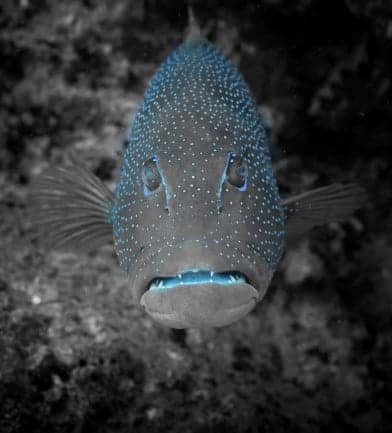Best Catfish Rigs
You have a lot of choices when it comes to selecting a catfish rig to catch catfish. The thing you need to know foremost is that, as important as any rigs may be, bait is essential for catching the best catfish. The catfish baits you use is always more important than the rig, but the right combination of both can take your catfish fishing to the next level.
Since your catfish rigs do make a difference and you have a lot of choices depending on the kind of fishing you’re going to do. Consider the species of catfish you’re looking for, and where you’re fishing for them. You should be familiar with several kinds of rigs to maximize your ability to catch catfish.
If you’ve been having trouble picking out the best catfish rigs for you, these are some of the top rigs for a variety of catfish and locations that you need to know about.
Slip Sinker Rig
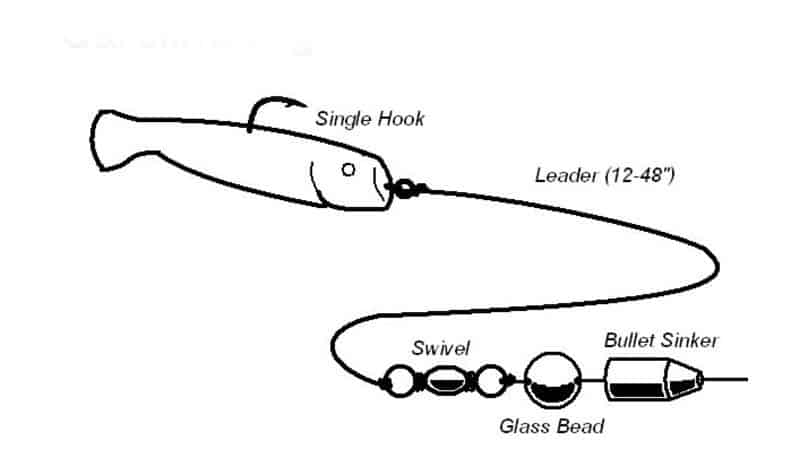
The best rig for fishing catfish of any kind is the slip sinker rig. It’s essentially the same thing as a Carolina rig for bass fishing. This is a simple setup that involves a sinker on your main line, a no-roll or any kind of sliding sinker, and then a barrel swivel leading into your monofilament leader line. As rigs go, it’s simple, elegant, and so effective.
Anglers will rarely use the term Carolina rig in catfish fishing. A true Carolina rig will use a different tackle since it’s technically designed for bass fishing. Odds are most anglers will know what you mean if you say Carolina rig when referring to a slip sinker rig. That said, it’s possible you may confuse someone who only fishes for catfish or only fishes for bass. Best to stick to the label slip sinker rig and avoid the Carolina rig term altogether to keep it simple.
A slip sinker rig can catch you blue catfish, channel catfish, flathead catfish, and any other species you’re angling for. It’s the most versatile rig and, as you can see, it’s also simple and easy to put together even in a pinch on the water. If you really want to catch catfish, this is the rig for you.
Slip Floater Rig
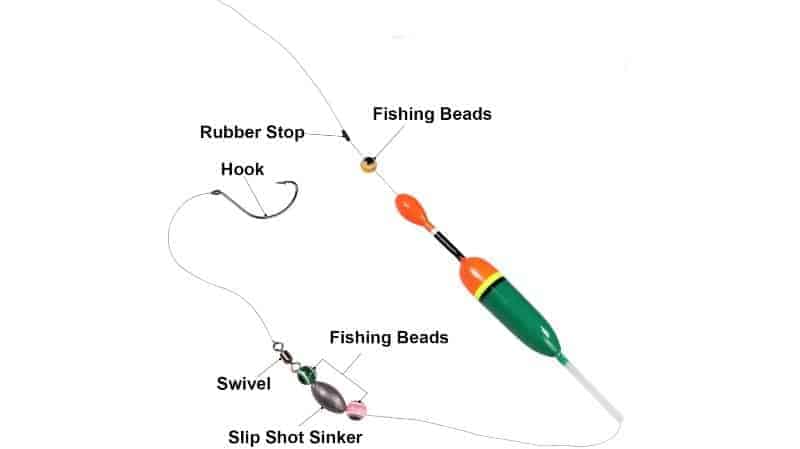
The slip floater rig is very similar to the slip sinker or Carolina rig. The big difference here is the float that you will attach to the line. You want to use something like a cigar-shaped slip float above an egg sinker or lead shot or whatever is giving the weight to your line.below the main line.
For a heavy rig, you can use a larger egg sinker and 2 to 24 inches of monofilament line below the swivel. The lighter rig uses the lead shot and 6 to 18 inches of monofilament after your swivel. A rig like this is going to be one of the best catfish rigs for bank fishing and should be good for catching channels or blue catfish.
Santee Rig
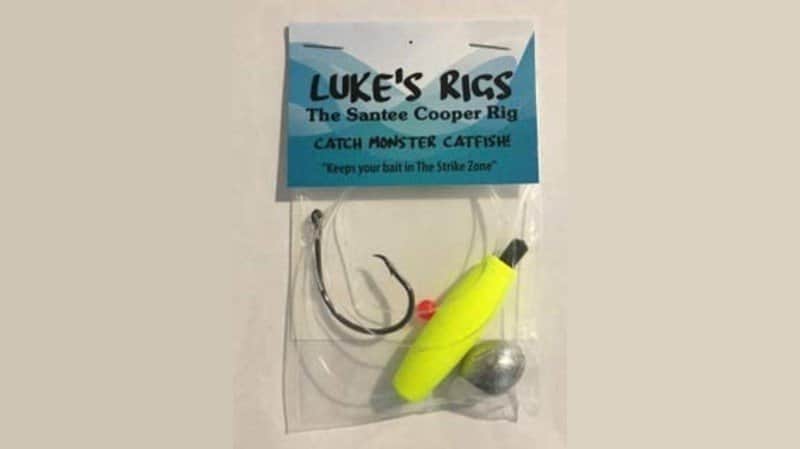
The Santee rig can be considered like a merger between the slip sinker and the slip floater rigs. It’s a slight tweak on the classic bass-fishing Carolina rig as well. For this one, you will use a foam floater but instead of being above the sinker, this one is on the lead line above the hook and below the sinker and the swivel. This way it keeps the hook off of the bottom just enough to attract the attention of the catfish you’re looking for. This is a versatile rig that’s good for any kind of catfish, but you’ll find that you have some great luck catching blues with his rig.
The Santee rig is great for still water fishing and you will have some moderate success in low current. You should avoid it and higher current waters. It’s also one of the best catfish rigs for bank fishing for any species of catfish.
Paternoster Rig
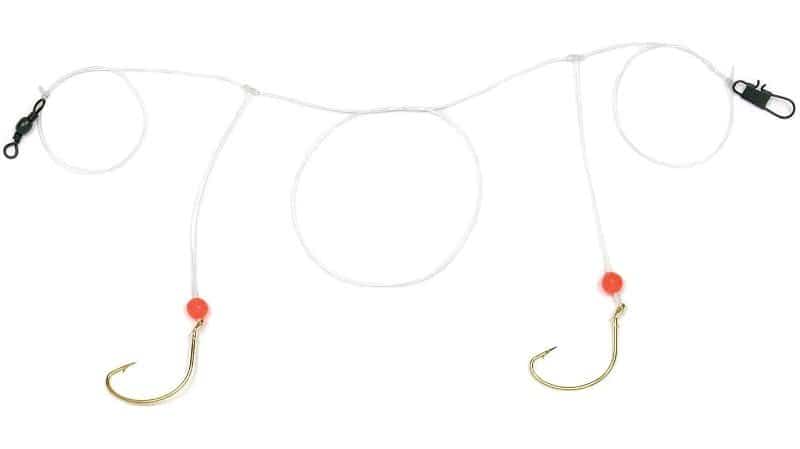
A paternoster rig is more complex than some rigs and takes a bit of practice to get the hang of. You need to be comfortable with knot tying and taking some time to prepare for the paternoster to pay off for you. If you’re not a fan of taking extra time to prepare your rig or you don’t like tying a lot of knots, then you may just want to avoid this one.
In simple terms, a paternoster rig is one in which the fish hooks are on droppers above the sinker. One of the distinct advantages here is that you’re able to use different baits with the same setup. You can have a paternoster with two, three, or even four hooks.
There are several ways to configure a paternoster but for the simplest and most effective type, you must have a bobber stopper and bead, a good-sized slip float, two-barrel swivels, an octopus hook, and a bell sinker ideally about 1 oz.
The bobber stopper, float, and bead all go on the main line while the hook and the sinker part are then added with the swivels. The setup works best when you’re casting to a good distance and you want the catfish to grab the bait and feel free enough to swim a little distance before it really gets hooked.
Slip Bobber Rig
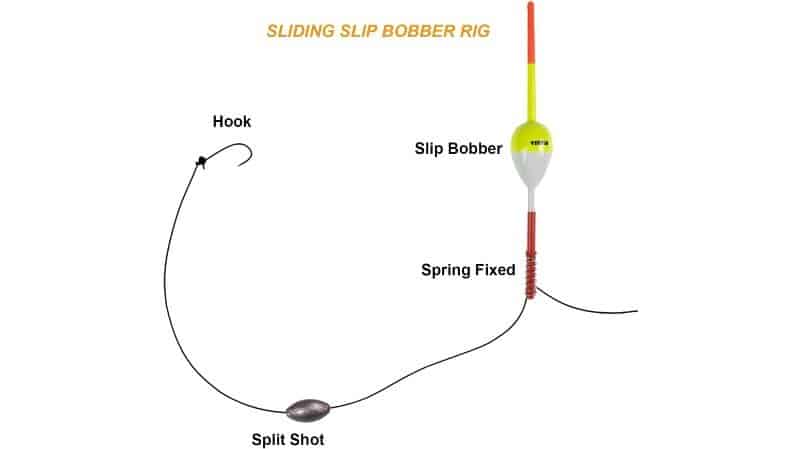
The slip bobber rig is ideal for catching channel catfish. It’s definitely one you should have in your bag of tricks if you’re serious about catching them in any great numbers. These slipstick floats are extra sensitive and can be adjusted up and down the length of the line depending on what depth you’re looking for when you cast.
These work great with any kind of prepared bait like punch bait, and they don’t interfere with your casting at all. As long as the slip bobber you’re using is light and fairly streamlined in design, it should function well for you when you’re fishing with it.
You’ll notice as you start using slip bobber rigs that they are much more sensitive than your traditional old school floats and bobbers. That’s what makes them effective when you’re catfishing, and it’s something you’ll come to rely on, especially when you are fishing for channel catfish.
Three Way Rig
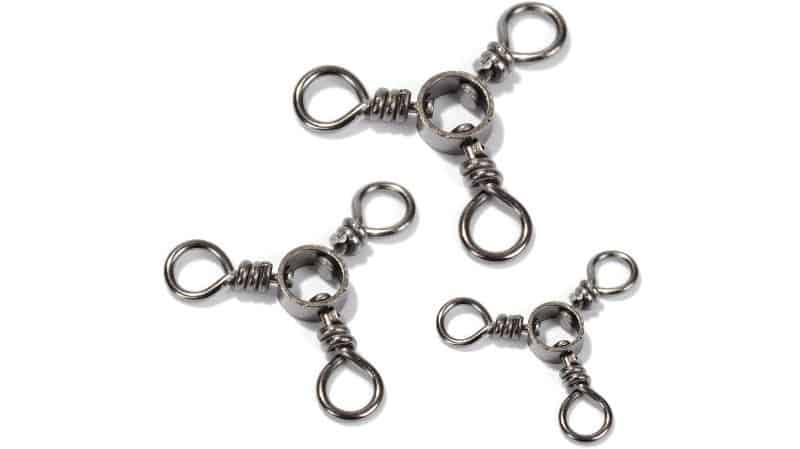
Also called the Wolf River rig, a three way rig involves a bell sinker on a drop line that’s enough weight to keep it down near the bottom. You’ll have a longer leader line connected to the rig as well. The idea with the three way rig is that the weight will be holding it in place while the leader and bait drifts and can attract catfish including blue catfish, channel catfish, and flathead catfish.
Three way rigs are some of the most popular in all of catfishing. Some anglers will simply not use anything but a three way rig. Old school rigging requires the use of a three-way swivel, which means a lot of extra knot tying that not every angler is comfortable with. That is the traditional way to set up a three-way rig, but there have obviously been some improvements to hardware over the years that have eliminated the necessity for this every time.
Nowadays you can go to any bait shop and find pre-tied 3-way rigs for sale extremely cheap. While it is an effective rig and, thanks to those pre-tied versions that you can buy, simple-to-use it’s still arguably not as successful as something like the slip sinker rig.
A lot of anglers swear by the three-way rig for more treacherous waters and believe it’s one of the best catfish rigs for fishing rocky bottoms.
Double Hook Rig

The double hook rig, as the name suggests, is a simple set up in which a second hook is added to the lead. This helps maximize your chances of hooking a larger fish. The purpose of the double hook is so that you can add extra bait, or even just hook larger bait fish to the line with the intent being that it’s going to attract a larger catfish.
Essentially a double hook rig is a modification of an already existing rig rather than its own unique type. For that reason, you can modify just about any other rig into a double hook rig. That means anything from a slip rig to a poly ball rig to any other catfish rigs. The only requirement is that you include the extra hook.
Balloon Rig
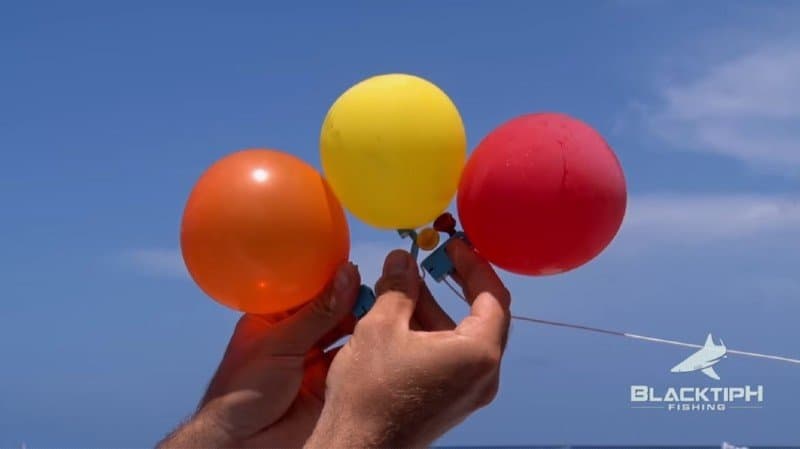
Balloon rigs are not super common for catfishing but versatile enough to handle it and several other kinds of fishing. A balloon catfish rig is much the same as any catfish rig that hinges on having a bobber or float, only this time you’re replacing the bob with an inflated balloon to float the rig.
This may sound silly at first, and they can certainly look goofy out on the water if you’re not used to them. Despite appearances, there is some serious science behind why this is worth a try. The balloon functions the same as any other float, but it has a much larger surface area. That means when the catfish hits the hook there’s going to be far greater resistance from the float to get it set in more firmly. In simple terms, it’s harder for the catfish to pull a balloon underwater than a bobber. When the fish tries, the balloon will force the hook in harder. This is definitely one of the more unusual catfish rigs out there.
Additionally, the large size of the balloon sets you up for better drifting across the surface of the water. It’s great for suspending baits at a particular depth. Sometimes catfish will hang out at depth, perhaps in the center of a body of water as temperature change is keeping away from both the bottom and the surface. In situations like that, being able to set an accurate depth and use a balloon as a float could be invaluable to snagging catfish that would otherwise be hard to catch.
Poly Ball Rig
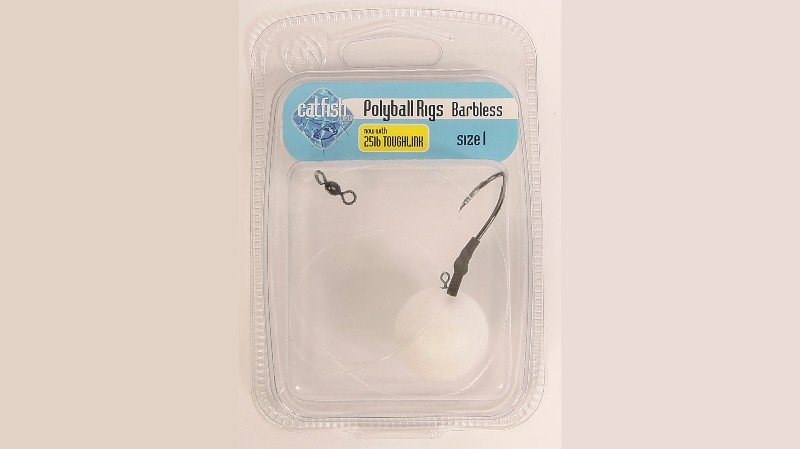
A poly ball catfish rig is a solid way to present bait to catfish that’s close to the bottom but not on the bottom. You can use these catfish rigs in still waters but they seem to work better in running waters where the current gives a little more life and action to the ball and in turn to the bait.
The rig works by stringing a small styrofoam or plastic poly ball on the leader so that it can keep the live bait or cut bait just above the surface. That ensures that there’s movement and action to attract the catfish.
Learning to use a poly ball catfish rig yourself can take a bit of time. Once you develop a good technique, you’ll find that this catfish rig rarely gets tangled and can be very effective for when you’re leaving the bait in place for a while waiting to attract some catfish.
Catfish Rigs: What You Need To Know
Number of Components
Some catfish rigs can get needlessly complicated and feature many components. You can have a sinker, a swivel, a leader, beads, poly balls, stop knots, floats, and more. The more components included, the more complicated the whole catfish rig gets. That applies whether it’s a slip rig, a drift rig, or any other catfish rigs.
More complicated catfish rigs will be harder to fix or replace when you’re out on the water. They may also complicate the entire fishing process and tie up your line rather than make it easier to cast.
A simple, clean catfish rig will inevitably be the best choice when trying to catch catfish. You only need the essential components to get the job done, and a quality bait. Too many components in your catfish rigs means you risk getting snagged. Or you could even scare your catfish off.
Catfish Rigs and Bait
As we’ve said before, catfish rigs are only as good as the catfish fishing bait you use. Obviously you want to choose catfish rigs that you are comfortable with. Also, ones that you can easily fix or replace on the fly, and one you had excellent results with in the past. Baits for catfish are always essential to securing the catfish, however. Luckily there is a wide variety of effective fishing bait for catfish.
You should tailor the bait that you’re using to the catfish rigs that you’re using. If you’re using some kind of brush hook with a release clip, live bait would be a better option than using a punch bait. Cut bait would work also. As you’ve seen there are many catfish rigs out there, many of them modified versions of other rigs. Choose your catfish rigs based on your skill and comfort levels.
There’s a lot of trial and error and experimentation and developing the best mix of catfish rigs. The same goes for baits when it comes to catching catfish. You could always defer to your favorite professional angler. Or look for advice on YouTube. There is no substitute for personal experience, though.
Sound
Catfish have excellent hearing and will hunt by sound. There are several rattles that you can get to attach to a line that work great. You can apply them to anything from a slip sink to a slip rig to a three-way catfish rig. Nearly every other kind of catfish rigs out there, really. A lot of anglers have excellent results with these additions to their line. They’re small and inexpensive but have some great results out on the water.
Categories: Fishing

